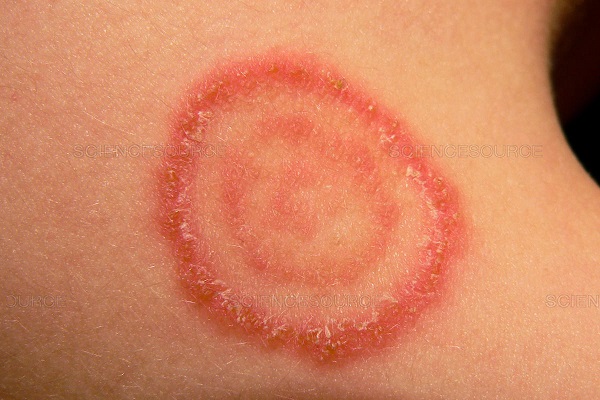A review of the most effective medicinal plants for dermatophytosis in traditional medicine
DOI:
https://doi.org/10.15419/bmrat.v5i6.450Keywords:
Dermatophytosis, Medicinal plants, Traditional medicineAbstract
Fungi can evade the immune system via different processes, including recombination, mitosis, and expression of genes involved in oxidative stress responses. These processes can lead to chronic fungal diseases. Despite the growth of health care facilities, the incidence rate of fungal infections is still considerably high. Dermatophytes represent the main cause of cutaneous diseases. Dermatophytes attack keratinized tissues, such as nail, hair, and stratum corneum, due of their gravitation towards keratin, which leads to dermatophytosis. Medicinal plants have long been used to treat different diseases, and in the recent years, use of plant-based products to fight fungal, bacterial, and parasitic infections have attracted extensive attention. This is because the use of medicinal plants has many advantages, such as decreased costs and fewer side effects. This review article was conducted to report medicinal plants with anti-dermatophytosis properties. Seventy-six articles were retrieved from databases Google Scholar, PubMed, ScienceDirect, and Scopus. After exclusion of duplicate and irrelevant articles, 54 articles were selected. Of the remaining articles, 23 articles were screened and included in this study. According to the findings, Azadirachta indica, Capparis spinosa, Anagallisarvensis, Juglans regia, Inula viscosa, Phagnalon rupestre, Plumbago europaea, Ruscus aculeatus, Ruta chalepensis, Salvia fruticosa, Artemisia judaica, Ballota undulate, Cleome amblyocarpa, Peganum harmala, Teucrium polium, Aegle marmelos, Artemisia sieberi, Cuminum cyminum, Foeniculum vulgare, Heracleum persicum, Mentha spicata, Nigella sativa, and Rosmarinus officinalis are the most effective plants against dermatophytes which have been identified to date.

Downloads
Published
Issue
Section
License
Copyright The Author(s) 2017. This article is published with open access by BioMedPress. This article is distributed under the terms of the Creative Commons Attribution License (CC-BY 4.0) which permits any use, distribution, and reproduction in any medium, provided the original author(s) and the source are credited.
